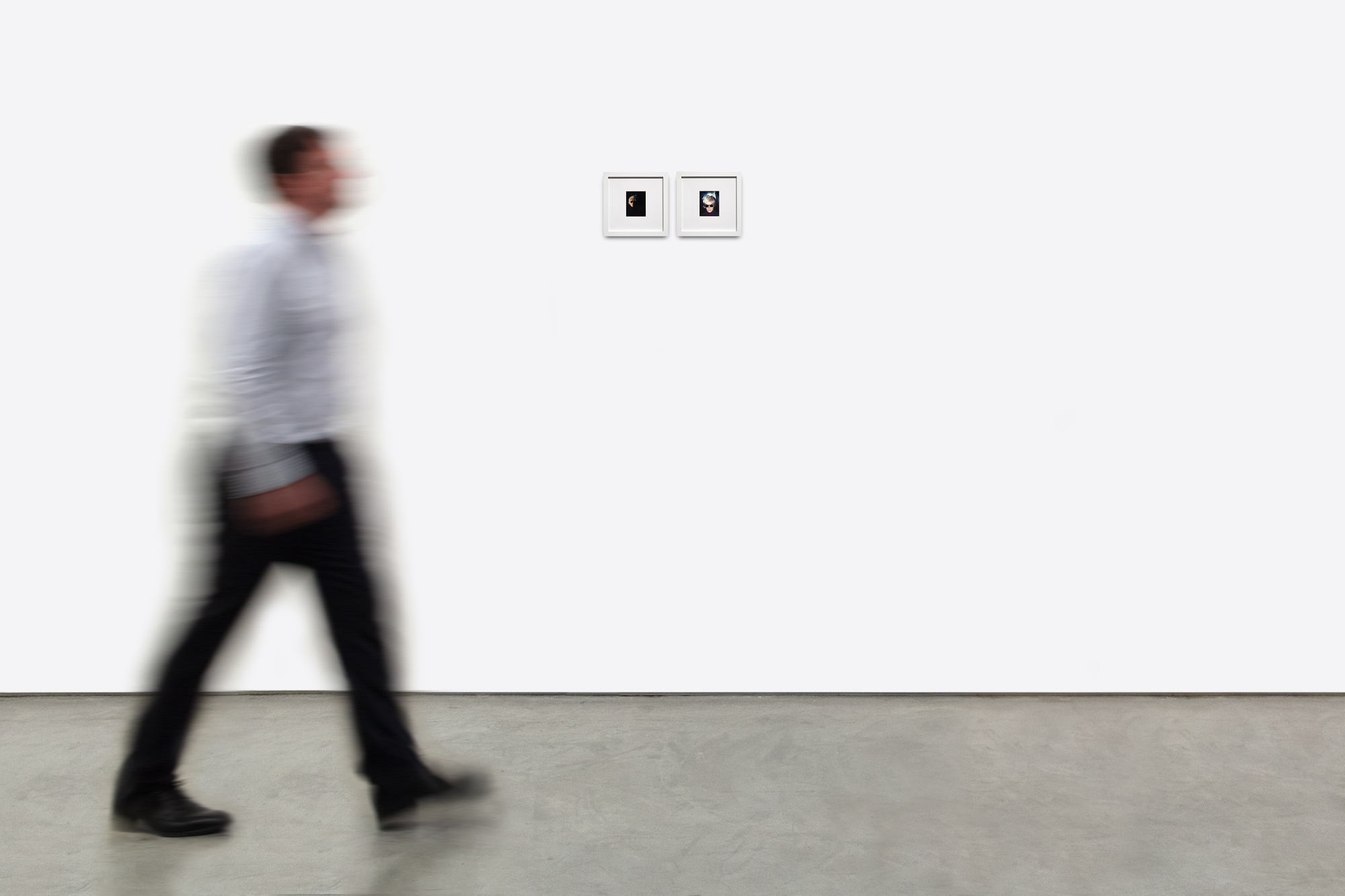ANDY WARHOL (1928-1987)





Provenance
The Estate of Andy WarholThe Andy Warhol Foundation for the Visual Arts
Sale, Christie's, Andy Warhol @ Christie's: China Online Only Sale, 24 September - 4 October 2013, sale 3381, lot 1
Private Collection, Puerto Rico
150,000


